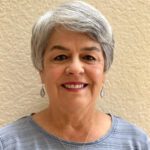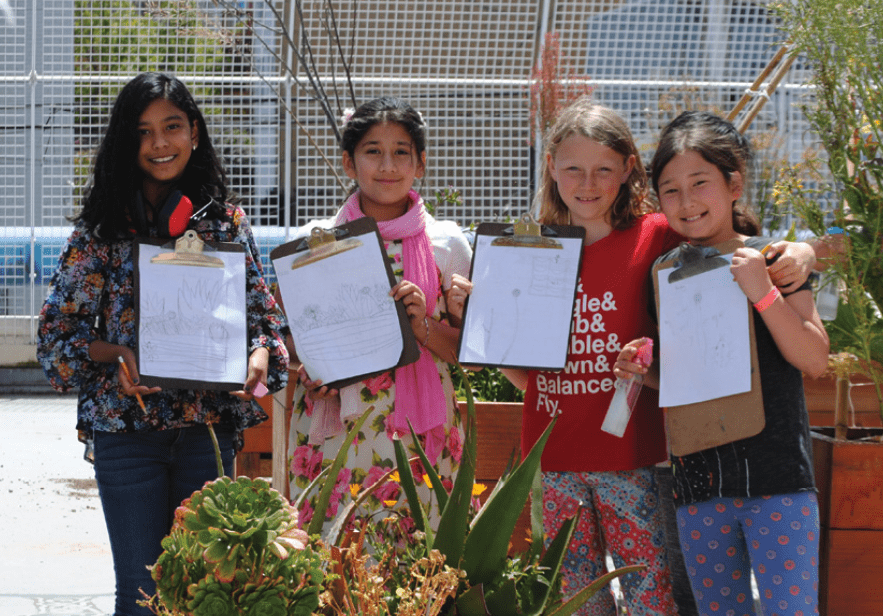The CAELI Community-Based Partner (CBP) Hub launched in spring 2021 with the goal of increasing visibility and access to environmental education partners. It was a vital need for the environmental literacy space and has served as a reliable central repository for districts, schools, and teachers to identify programs that align with their local needs and meet educational standards.
When the Hub launched a year ago, 56 community-based partners took part, offering 201 programs. Today, the number of partners has increased to 155, with 266 programs. The Hub features nine county offices of education and continues to scale as schools and county offices have invested in growing a statewide network of partners. The Hub connects students to equitable access to programs that contextualize education with real-world issues, while also exploring future career opportunities.
“The Hub launched at a time when in-person learning was virtually non-existent and several community-based partners across California were facing potential closures,” said Brian Heger of Green Guardians, a co-developer of the Hub. “With traditional education unfeasible during the pandemic, environment-based learning offered teachers an avenue to work around the closures, offering new and innovative virtual lessons via community partners. It also helped the community partners demonstrate their critical value to their communities.”
The experiences of the pandemic have further highlighted the important role that the Hub serves in bringing opportunities to teachers by showing them that the community is here to support them and their students.
Celeste Royer, former CREEC Network Director, said she formerly managed a directory of community partners but the efforts went dormant over a decade before the CBP Hub arrived.
“The Community-Based Partner Hub is filling a longtime need that is restoring the collaboration necessary to push forward valuable environmental work,” Royer said. “The county offices of education that have joined on, and those that will in the future, recognize the power that we can wield together in serving K-12 California students and giving them access to an immersive education that helps contextualize traditional subject matter in an engaging way.”
Tamara Basepayne, STEM coordinator of outdoor education and environmental literacy for the San Joaquin County Office of Education (SJCOE), knows firsthand how SJCOE has been impacted as part of the Hub.
“The site has been a huge value to our educators,” Basepayne said. “Having local and statewide CBP’s in one place has allowed our educators access to multiple guest speakers, virtual field trips, in-person field trips, and opportunities for professional development as well.”
“The site has strengthened our COE’s mission and network by providing a place for our CPEL (Community Partners for Environmental Literacy) to promote their educational offerings, connect with one another and showcase the strength of support for environmental education across San Joaquin County and the surrounding four counties in Region 6.”
Heger said it is estimated that there are 600 to 1,000 community-based partners in California, and the goal is to onboard all of them as well as each of California’s 58 county offices of education in the next five years. Statewide adoption may be on the horizon for the Hub, as the platform has been well received in the counties currently on board, and potential funders have expressed interest in seeing this much needed resource scale-up.
“Historically, environmental education providers have struggled to get their resources and programs in front of teachers,” said Estrella Risinger, California Association for Environmental and Outdoor Education Executive Director. “Now, with this searchable database of providers across the state, teachers can find valuable resources in just a few clicks, connecting students with local programs that can enhance or complement classroom curricula. For providers, this tool will save time and resources, allowing them to publicize programs with potential clients, thereby increasing the program’s reach and capacity.”









